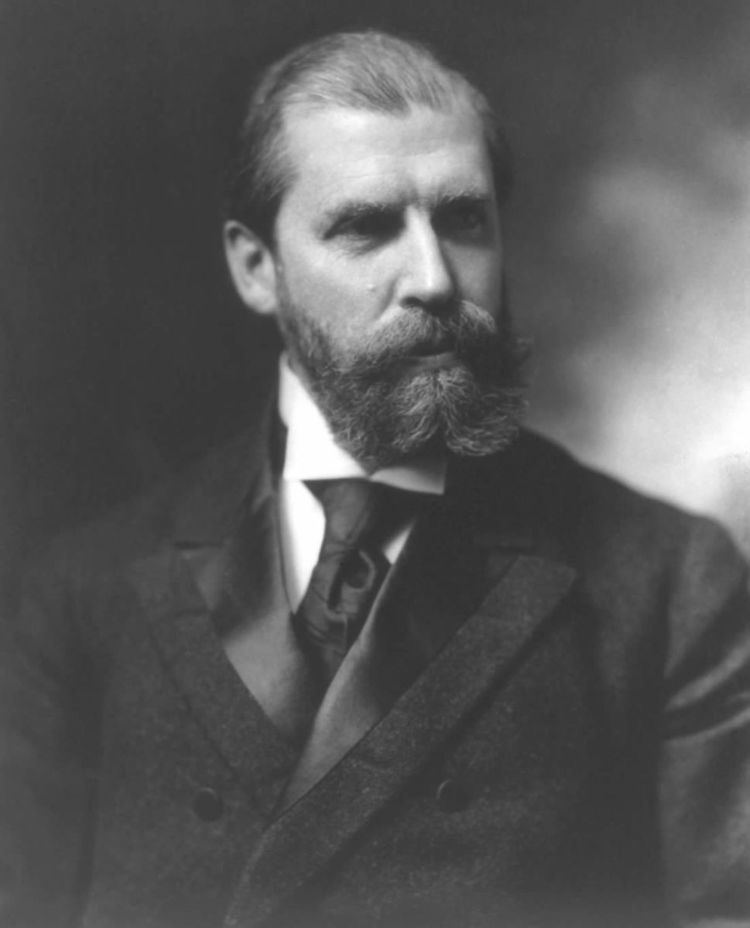November 7, 1916 1920 → 0 0 179,152 20,117 | 12 0 179,544 179,152 46.4% 46.3% | |
 | ||
The 1916 United States presidential election in Minnesota took place on November 7, 1916 in Minnesota as part of the 1916 United States presidential election.
The Republican candidate, former Associate Justice of the Supreme Court Charles Evans Hughes won the state over incumbent President Woodrow Wilson by a margin of just 392 votes, or 0.1011968% (one vote in 988). This is the fourteenth-closest statewide presidential election on record, and although it was only the second-closest result in 1916, there was not to be a closer result again until Adlai Stevenson II won Kentucky by 700 votes out of 993,148 in 1952.
Wilson’s performance was the closest any Democrat had come to carrying Republican stronghold Minnesota since statehood in 1858 – he was almost five percent ahead of his losing margin in 1912 when the state was won by Progressive Theodore Roosevelt. Wilson comfortably won the urban counties of Ramsey, Hennepin and St. Louis, which were later to become unshakable strongholds for the Democratic Party, and also led Hughes in the socialist strongholds of the forestry- and mining-dominated northern counties. Nevertheless, Hughes just won the state upon his dominance of the farming districts of the south and his ability to carry fifty-three of eighty-seven counties over the state as a whole. Wilson was however the first Democrat to ever carry Lake, Kandiyohi, Saint Louis, Norman, Todd, Lyon, Murray and Martin Counties, the first to carry Carlton County since Winfield S. Hancock in 1880, and the first to win Hubbard County since Grover Cleveland in 1888.
Nationally, Wilson won the election, with 277 electoral votes and a tight 3.12% lead over Hughes in the popular vote. Wilson’s re-election was the first time a Democratic President was elected to a second consecutive term since Andrew Jackson’s 1832 re-election.
